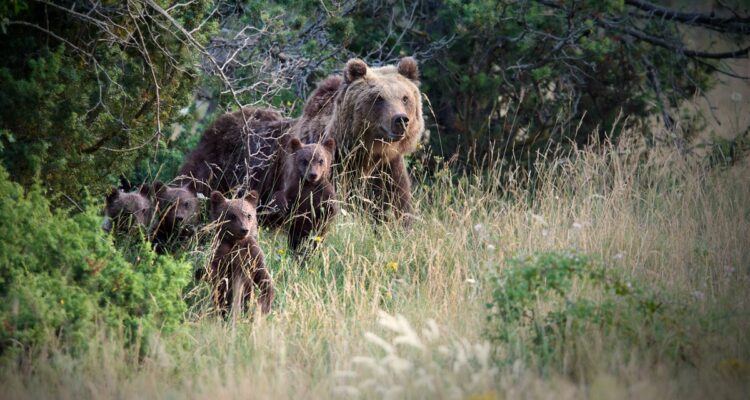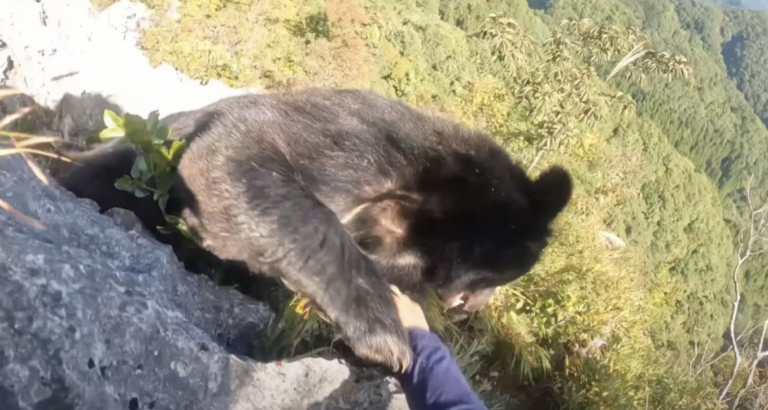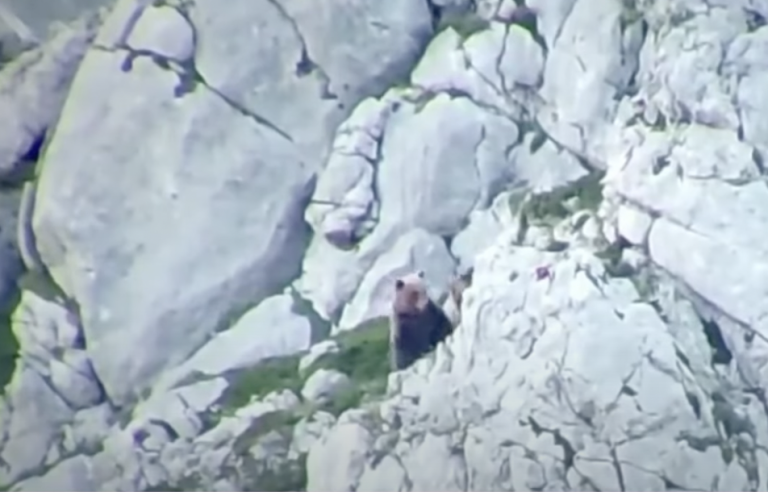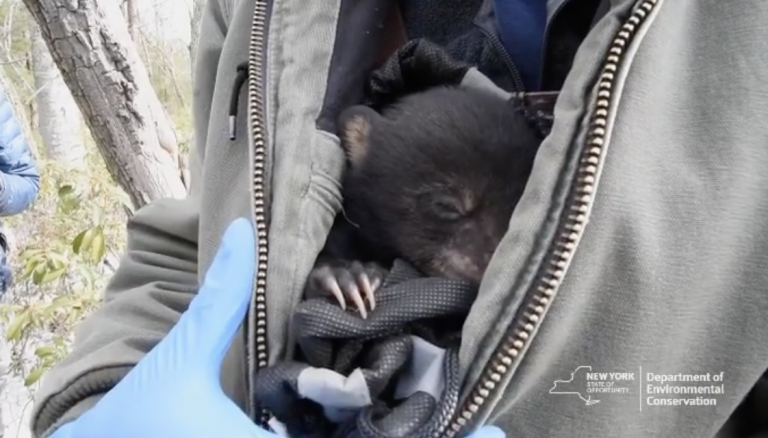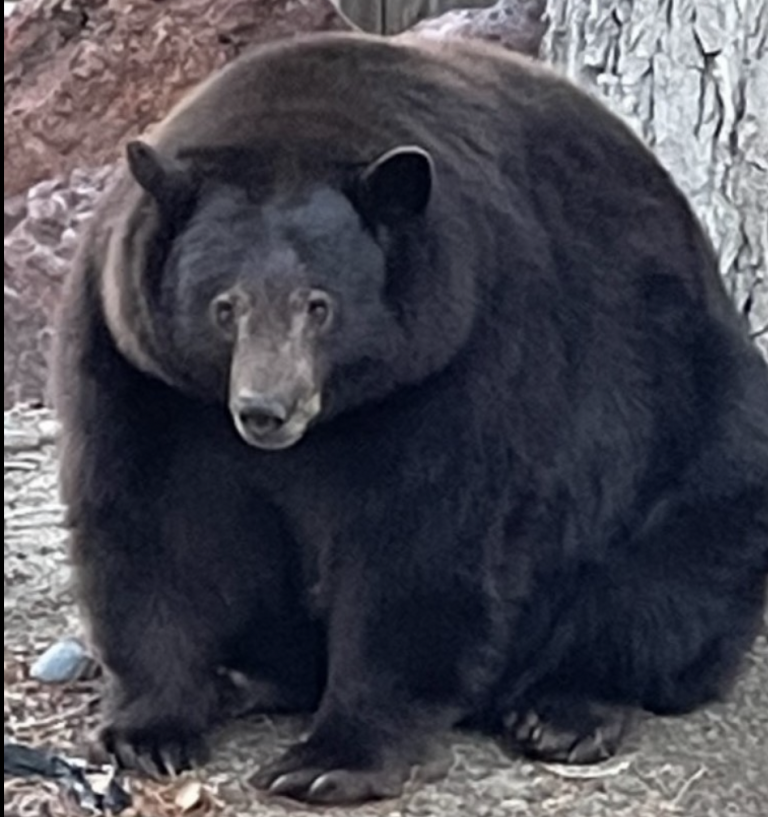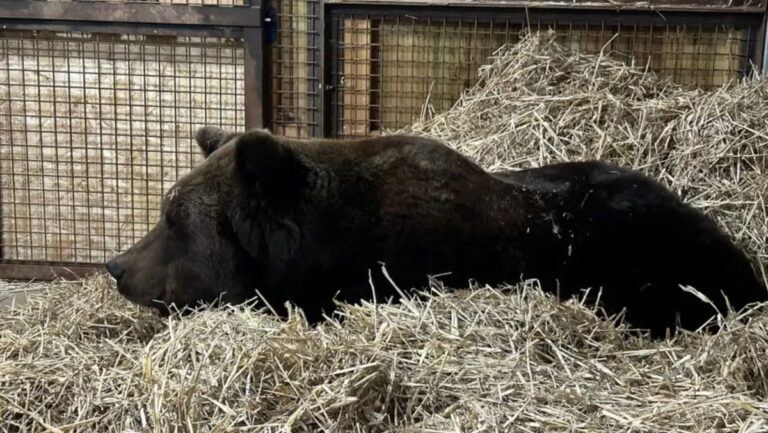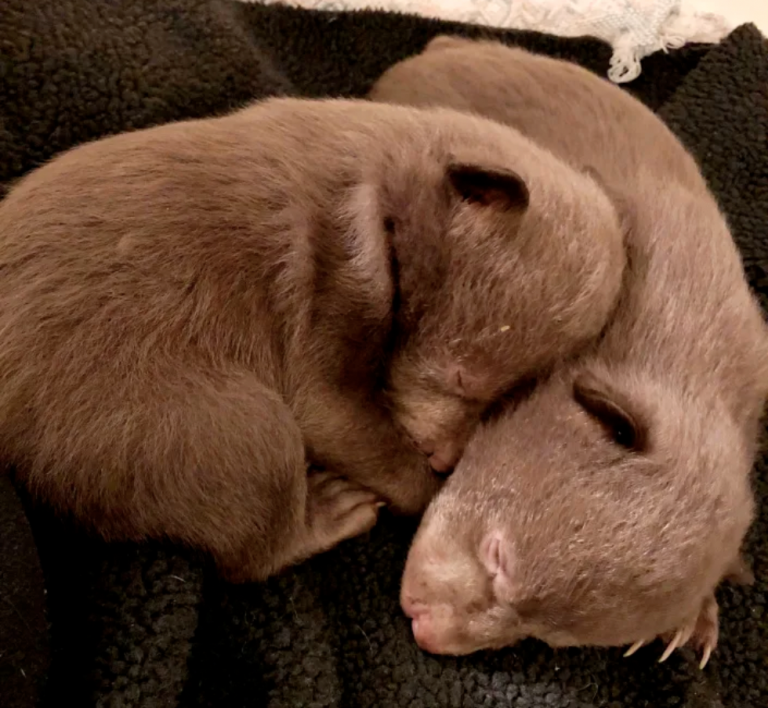Species Profile: The Marsican brown bear
The Marsican brown bear is a critically endangered species of Eurasian brown bears, that reside in Italy. These bears live in the Abruzzo, Lazio and Molise National Park, and surrounding area of Italy. The park was established in 1923, in order to preserve these majestic bears and keep them away from humans and livestock.
The Marsican brown bear, also known as Apennine brown bear, are relatively calm bears. There have been no reports of aggression shown towards humans.
The male Marsican brown bears are much larger than other brown bear species, while the females are much smaller in comparison. These bears can also stand to be six feet tall.
As omnivorous species, they eat berries, honey and occasional livestock such as chickens. Unlike other brown and black bear species that hibernate throughout the winter, Apennine brown bear wake up time-to-time to eat and replenish.
Right now, the Italian government is working hard at trying to preserve this subspecies of brown bears and improve their numbers.
1)Scientific Name
Ursus Arctos Arctos
2) Scientific Classification:
Kingdom: Animalia
Phylum: Chordata
Class: Mammalia
Order: Carnivora
Family: Ursidae
Genus: Ursus
Species: Ursus Arctos Arctos
Subspecies: Ursus Arctos Marsicanus/arctos
3) Life Expectancy
The life expectancy of these bears is around 20 years in the wild. In some cases, they can live up to 30 years in captivity.
4) Average/Maximum Length
These bears stand around 3.5 feet and over six feet long. Maximum length recorded was 6.6 feet long.
5) Average/Maximum Weight
Female Marsican bears can weigh up to 310 pounds while the males are much larger, weighing over 470 pounds.
6) Maximum Running Speed
These brown bears can sprint at 25mph.
7) Interaction With/Danger To Humans
These brown bears are shy and do not possess any harm to humans. If they feel threatened they will false charge or stand on their hind legs to get a better view. Most times, they will flee when they see a human.
8)Reproduction Details
Matins season is usually in spring between May and June. The female will make sure to gain enough weight during the summer so she can have an offspring in January to February. She will give birth to one to three offsprings, weighing 200 and 500 grams each.
The females reproduce every three to four years, starting at age four or five. Their offsprings will leave the mother during their second spring.
9)Diet/Hunting Pattern Of The Marsican Brown Bear
These brown bears are omnivores and rely heavily on fruits and berries for their diet. Eighty percent of their diet is eating berries, acorns, fruits like apples and pears, while the remaining diet will include insects, carcases of deer, boar or occasional small livestock like chicken and turkey.
10) Alternative Names
Apennine brown bear
11) Population and Conservation Status
Since 1970, 124 bears have been found dead. Right now, the Marsican brown bear population is dwindling and down to about sixty bears. Most bears were hunted or poached in previous years, going from a population of hundreds to merely sixty.
The Italian government and the European Union worked hard to create the Life Arctos Project. They spent 7.3 million dollars planting trees higher on hills and placed electric fence around farmlands to deter the bears from humans.
12) Ancestry and History
This brown bear subspecies is completely isolated from other Eurasian brown bears that live in the Italian Alps. They can be found in the Parco Nazionale d’Abruzzo, Lazio e Molise region. They can also be seen around Sibillini National Park, Gran Sasso-Laga National Park, Sirente-Velino Regional Park, and Simbruini Regional Park.
Some bears have been seen roaming the surrounding cities, looking for easy food scraps.
13) Distribution And Habitat
Marsican brown bear stay in restricted areas of Central Apennines. They are protected by the Italian and European legislation since they are on the critically endangered list.

